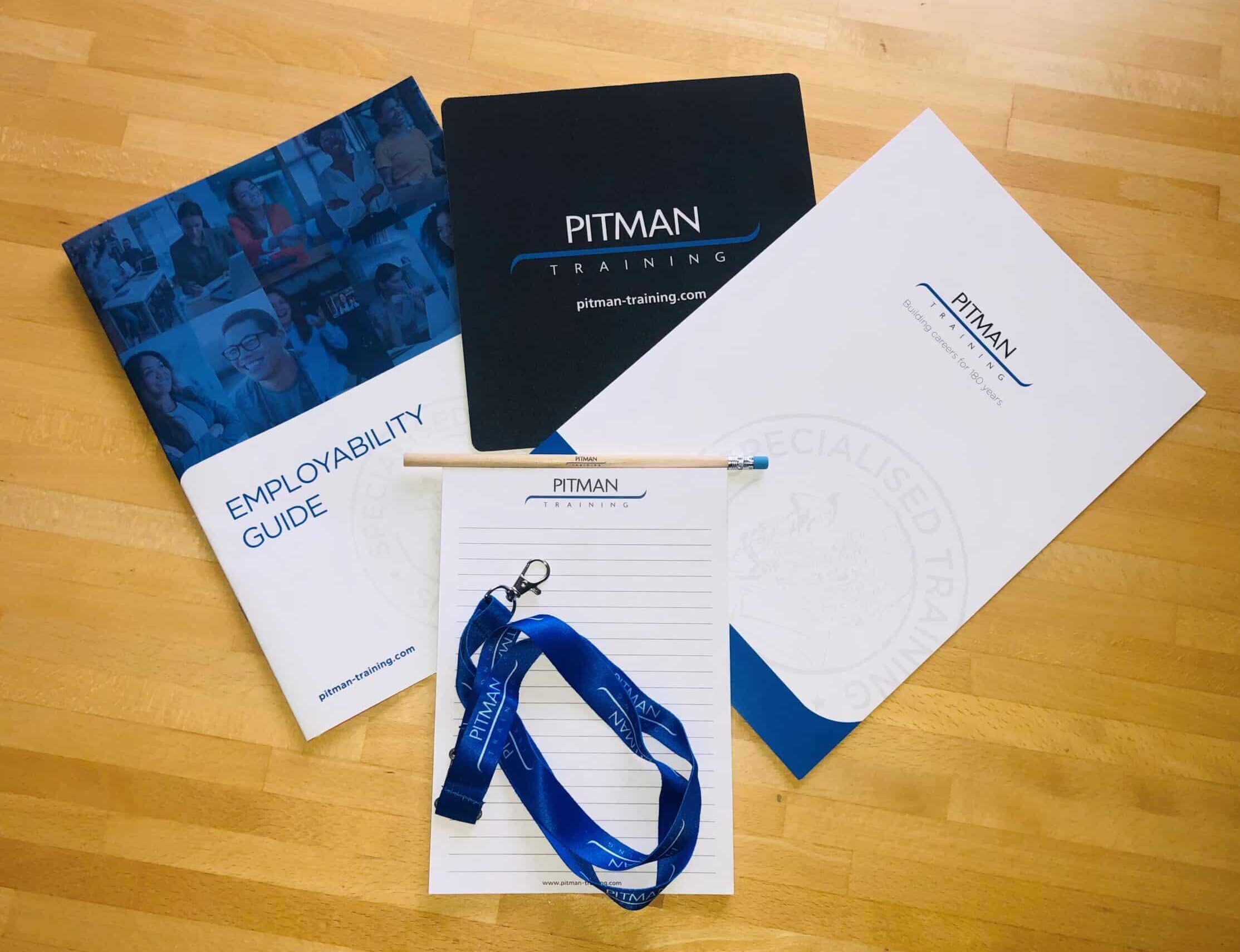In today’s digital age, where online platforms dominate the business landscape, print media may seem like a relic of the past. However, for multi-site businesses, print still holds significant importance and businesses should seek to utilise online platforms for their print requirements.
This article provides a brief overview of why print remains valuable for multi-site businesses, and the benefits of having a centralised print management solution. From enhancing brand recognition to targeting specific geographical areas, print can effectively bolster the marketing endeavours of multi-site businesses, ensuring a comprehensive and holistic approach to reaching their target audience.
Ensuring brand compliance and consistency across all sites
Ensuring brand compliance and consistency across all sites is crucial for the success of a business in today’s competitive market. Maintaining a consistent brand image not only helps establish recognition and familiarity among consumers but also plays a significant role in building trust, enhancing retention rates, and driving financial returns.
Consistency in branding instils confidence and trust in consumers. When customers encounter a consistent brand message across different platforms and sites, it creates a sense of reliability and professionalism. It assures consumers that the brand can be trusted and delivers on its promises. In turn, this can lead to increased customer loyalty and repeat business.
Furthermore, brand consistency helps improve customer retention rates. By consistently delivering on brand promises and providing a consistent experience, companies can create a strong emotional connection with their customers. This connection promotes customer loyalty and reduces the likelihood of customers switching to competitors. Research has shown that loyal customers are more likely to refer the brand to others and contribute significantly to the financial success of a business.
On the contrary, when there’s brand inconsistency, for example when unruly franchisees take brands into their own hands it can have a detrimental effect on brand reputation. If logos are outdated with incorrect colour palettes and inconsistent messaging, other competitors will take the lead.
To achieve brand consistency, businesses can employ various techniques. Coherent marketing materials, including logos, slogans, colours, and fonts, should be utilised consistently across all platforms and sites. Additionally, signage and point-of-sale literature should align with the overall brand image and message. These techniques help reinforce brand identity and ensure that customers have a consistent and positive experience regardless of their interaction with the brand.

Variations in print collateral requirements at different locations
When it comes to print requirements, different locations may have varying needs due to a multitude of challenges and considerations. Several factors contribute to these variations, which need to be taken into account for effective planning and execution.
One primary challenge is the demographic makeup and customer preferences in each location. Different regions or countries may have diverse cultural norms and expectations when it comes to print collateral. For example, colour choices, imagery, and language may need to be tailored to resonate with the local audience. In addition, customer behaviour and buying patterns can differ in various locations, influencing the content and design of print collateral.
Another consideration is the availability and accessibility of printing resources at each location. Some regions may have limited print capabilities or different printing standards, which can result in variations in print quality or design specifications.
Moreover, logistical challenges such as fulfilment, shipping and distribution need to be taken into account. Depending on site locations, transportation costs, customs regulations, and delivery timelines may vary. Hence, it is crucial to plan print collateral production and distribution in a manner that optimises costs and ensures timely delivery.
Benefits of implementing a centralised print management solution
A centralised print management solution can offer numerous benefits for businesses of all sizes. By streamlining print operations and reducing inefficiencies, businesses can significantly reduce costs, increase productivity, enhance security, and minimise their environmental impact.
A centralised print management solution enables organisations to gain better control over their printing infrastructure, enabling them to optimise usage, track costs, and enforce print policies. This comprehensive approach brings together various print-related functions into a centralised system, making it easier to manage and monitor printing activities across the entire organisation.
Furthermore, implementing a centralised print management solution can provide businesses with valuable insights and reporting capabilities, enabling them to make informed decisions, improve workflows, and enhance resource allocation. With these advantages, organisations can achieve greater operational efficiency in their print environment while also contributing to their overall business success.
Birch’s web2print service
Our web2print service is a user-friendly, print-on-demand portal that gives your team full brand control.
Your web portal is bespoke and built to suit your brief, which means it’ll be fully branded and content-managed with as many or as few products as you need for your marketing portfolio.
Back at Birch, we monitor all orders daily and organise the production and dispatch of new orders efficiently and accurately to your desired location. Orders are processed as they come in, but if demand is high and turnaround is tight, then we can hold products in stock at Birch HQ for you. We’re as flexible as our online service, so we’ll work with you to provide the best print-on-demand service for you and your team.
To find out more about our web2print service, give us a call on 0115 951 2468 or email us at [email protected].
Back to case studies


